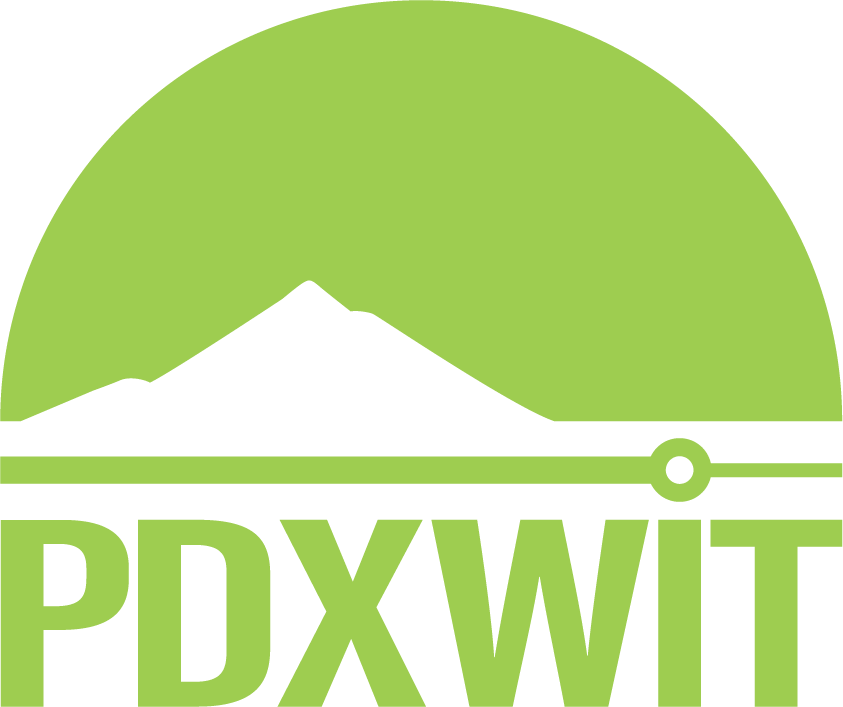How to Write an Inclusive Job Posting
When hiring in tech, people always bring up the pipeline problem: not enough diverse candidates apply to positions to allow companies to hire more diversely. Organizations may argue that the talent pool is too small, but we disagree and have evaluated and revamped our hiring processes here at Acorns in Portland to attract more diverse candidates.
Just ten months ago, in our Portland office, I was the only woman on an engineering team of four. Today, we’re a twenty-four person team that is 40 percent female. We achieved this by rethinking our job descriptions and outreach strategies. Before these changes, we saw only one qualified female front-end engineer out of dozens of applicants. Now, we are seeing even more qualified women than men.
Here’s how we did it:
1. We rethought requirements
All job openings have “requirements,” but hiring managers have undoubtedly interviewed people who didn’t fulfill every one. In fact, recent research found that applicants are just as likely to receive interviews when they meet 50 percent of requirements as they are if they meet 90 percent.
Presenting what you want as what the role requires can dissuade otherwise qualified candidates from applying. An internal Hewlett Packard study found that when searching for jobs, women generally don’t feel confident in applying unless they meet 100 percent of listed criteria, whereas men are likely to apply if they meet only 60 percent.
Here are a few ways we rethought our posts:
We now explicitly state that we don’t expect every applicant to check every box. We also reduced the number of requirements.
We changed our job duty bullets to be more narrative so they felt less like a list you had to check off.
We renamed “Job Requirements” to “What You Will Bring to Acorns.”
We combined what had been multiple lines of experience requirements, like experience working with CSS preprocessors and front-end frameworks, into one “front-end development experience” line. If a candidate has only one year of preprocessor experience but five years of strong JavaScript single-page app experience, that’s not a blocker. The new setup allows us to reflect that.
We removed the example technologies in the requirements. If candidates had any experience in those areas, they’d know what those are. The list of acronyms and libraries was just clutter.
We removed a section of bonus traits that were pluses to us but that candidates might have perceived as more requirements.
We introduced a timeline of responsibilities for each role to provide full transparency into expectations and timing.
Before:
After:
2. We changed our wording.
Studies show that words matter when it comes to job postings. Using gender-biased words, even subconsciously, reduces the number of female applicants. In fact, job postings with gender neutral language get up to 42% more responses than those with more gendered language. After running our job postings through sites like Textio and The Gender Bias Decoder, we updated our descriptions for gender neutrality.
We also reimagined the copy itself and took a more narrative approach. Job postings don’t have to be intimidating to be effective. We want to inspire excitement and hope, not fear.
3. We posted outside the box.
Besides all of the typical job listing sites like Indeed and LinkedIn, we began adding our openings to local women-in-tech-oriented spaces like the PDX Women in Tech Slack channel and the PDXWIT job board. Throughout the last year, we have screened, interviewed, and hired multiple women who found out about us through the PDX Women in Tech Slack channel in particular.
The diversity problem in tech is multifaceted, and adjusting the hiring process is just one step. None of the solutions listed above are a one-time or all-encompassing fix. They should be regularly evaluated and tweaked to maximize impact. With that said, it’s a big step toward addressing a real problem. We’ve been really happy with the results of our job post revision and hope others will implement these kinds of more inclusive job posting practices.
Anna McLaughlin is an Engineering Manager at Acorns. While originally starting her career in nonprofits, Anna was drawn to tech and decided to enroll in Epicodus, a coding boot camp in Portland, five years ago. Since then she’s worked as a software engineer at multiple companies, fell in love with fintech, and landed at Vault, a Portland startup that was acquired by Acorns in 2017. Anna recently transitioned into engineering management and is passionate about getting more women in tech. In her spare time she loves finding new delicious Portland restaurants, hiking, spending time with friend and family, and working on her cat’s instagram account. Connect with Anna on LinkedIn; she’s always happy to grab coffee and chat about tech!

